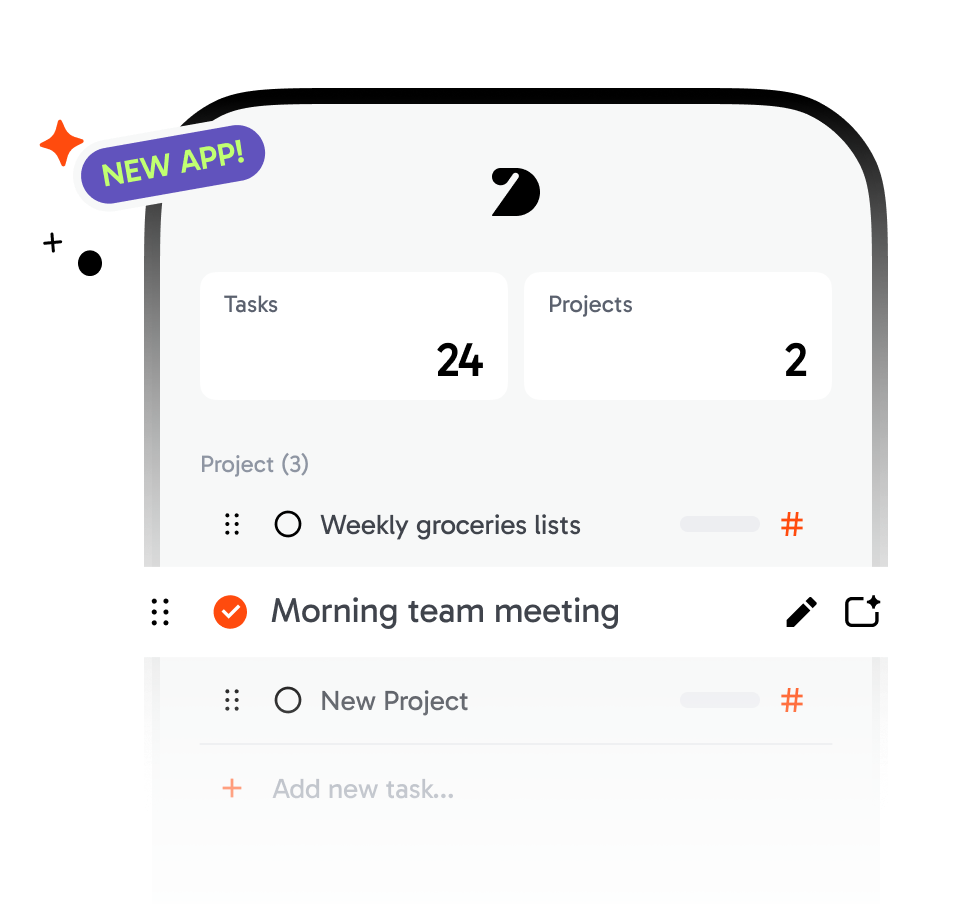What’s the Difference Between MRP and ERP? Everything You Need to Know!

What’s the Difference Between MRP and ERP? Everything You Need to Know!
Welcome, today we're diving into the world of business software and unraveling the mystery between MRP and ERP. If you’ve ever found yourself confused about these terms, you’re not alone. But worry not, because by the end of this blog, you'll be an MRP and ERP whiz. And hey, we’ll even throw in how Opmaint CMMS can be your best buddy in this journey. Ready? Let’s go!

What is MRP?
MRP stands for Material Requirements Planning. It's like the super-organized friend who always knows what’s in the fridge and plans meals accordingly. MRP systems help businesses manage manufacturing processes by ensuring that materials are available for production and products are available for delivery.
Key Features of MRP
- Inventory Control: Keeps track of materials and products.
- Production Planning: Ensures materials are available for production.
- Scheduling: Plans manufacturing activities, delivery schedules, and purchasing activities.
- Bill of Materials (BOM): Lists all materials needed for production.
What is ERP?
ERP stands for Enterprise Resource Planning. Imagine MRP but on steroids. ERP systems cover everything MRP does but extend their reach to all business processes, from HR and finance to customer relationship management (CRM).
Key Features of ERP
- Integrated System: Combines all business processes into a single system.
- Real-time Data: Provides real-time data across all departments.
- Automation: Automates repetitive tasks to increase efficiency.
- Scalability: Easily adaptable to the growing needs of a business.
MRP vs. ERP: The Core Differences
So, what sets MRP and ERP apart? Here’s a friendly comparison.
Scope
- MRP: Focuses primarily on manufacturing processes, including inventory, production planning, and scheduling.
- ERP: Covers a wide range of business processes, including finance, HR, sales, and more.
Integration
- MRP: Often operates as a standalone system.
- ERP: Integrates multiple business processes into one unified system.
Complexity
- MRP: Generally simpler and less expensive.
- ERP: More complex and can be costlier due to its extensive functionalities.
Why Choose MRP?
Choosing MRP might be the right call if your primary focus is on improving your manufacturing processes. It’s straightforward, less costly, and perfect for businesses that don’t need the extensive features of an ERP.
Benefits of MRP
- Cost-Effective: Less expensive than ERP systems.
- Specialized: Tailored specifically for manufacturing needs.
- Ease of Use: Simpler to implement and use.
Why Choose ERP?
ERP is the way to go if you’re looking to streamline all your business processes under one roof. It’s ideal for growing businesses that need scalability and integration across various departments.
Benefits of ERP
- Comprehensive Integration: Combines all business processes.
- Improved Efficiency: Automates and streamlines operations.
- Better Decision-Making: Provides real-time data and analytics.
When to Upgrade from MRP to ERP
Many businesses start with MRP and upgrade to ERP as they grow. Here are some signs it might be time to make the switch:
- Growth: Your business is expanding rapidly, and you need more comprehensive tools.
- Complexity: You’re managing more than just manufacturing, like HR and finance.
- Integration Needs: You need a unified system to improve efficiency.
How Opmaint Can Help
At Opmaint, we understand the unique needs of businesses at every stage. Whether you’re sticking with MRP or moving up to ERP, our solutions are designed to make your transition smooth and effective.
Why Choose Opmaint?
- Customizable Solutions: Tailored to fit your business needs.
- Expert Support: Our team is here to help every step of the way.
- Scalability: Easily upgrade as your business grows.
Real-Life Example: Transitioning from MRP to ERP
Imagine you’re running a mid-sized manufacturing business. You’ve been using MRP for years, and it’s served you well. But now, your business is growing, and you need better integration between departments. That’s where ERP comes in, offering a unified system that keeps everything from HR to customer service in sync.
Integrating ERP with CMMS
If you’re already using a CMMS like Opmaint, integrating it with your ERP can take your efficiency to the next level. Check out our blog on Getting Started: Why Integrate Your ERP with a CMMS? to learn more about the benefits and how to get started.
Making the Right Choice
Choosing between MRP and ERP depends on your business needs. MRP is great for manufacturing-focused businesses, while ERP offers a comprehensive solution for growing companies. Whichever you choose, Opmaint is here to support you with customizable, scalable solutions that grow with your business.



.png)
